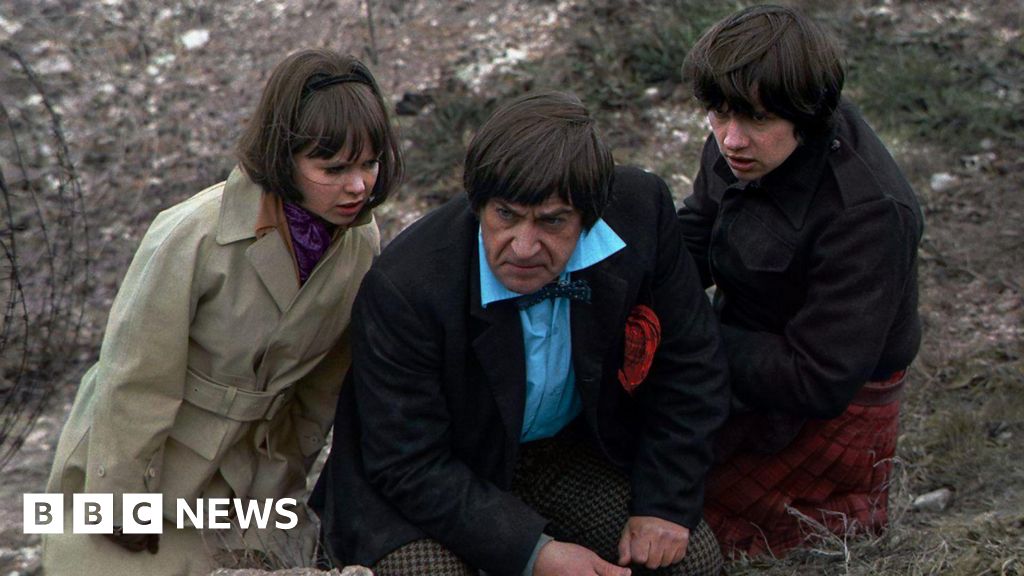8 hours ago
By Nadine Yousif, BBC News
New Mexico’s governor has declared a state of emergency as two wildfires sweep through a mountain range, forcing thousands to evacuate and leaving one person dead.
The conflagrations converged near the village of Ruidoso inside a tribal reservation, prompting its 7,800 residents to flee.
The South Fork Fire, ignited on Monday on Mescalero Apache tribal land, nearly tripled in size overnight.
Another blaze, the Salt Fire, was burning south of the village of Ruidoso.
Together, they have scorched nearly 20,000 acres and were zero per cent contained.
“The horrific South Fork Fire and Salt Fire have ravaged our lands and property, and forced thousands to flee their homes,” Governor Michelle Lujan Grisham said. “We are deploying every available resource to control these fires.”
Her office confirmed one fatality as a result of the fires, without providing details.
On Monday evening, officials in Ruidoso urged residents to evacuate immediately.
“GO NOW,” they urged on social media. “Do not attempt to gather belongings or protect your home.”
Christy Hood, a real estate agent in Ruidoso, told the Associated Press how she fled with her husband, their two children and two dogs without even taking clothes or a toothbrush.
“As we were leaving, there were flames in front of me and to the side of me,” she told the news agency. “And all the animals were just running, charging, trying to get out.”
About 500 structures had been destroyed and most were believed to be homes, George Ducker, of the New Mexico Forestry Division, told the BBC.
Mr Ducker said both fires had spread because of dry conditions and wind, but what sparked them remained under investigation.
The fires prompted the partial closure of US Highway 70 south of the village and phone outages that have posed a challenge for emergency responders in Ruidoso.
Nearby communities have opened shelters for evacuees, and the city of Roswell has cleared hospital space for patients evacuating from the Ruidoso hospital.
Wildfires in New Mexico are not unusual, and the fire forecast for this year predicted normal activity, Mr Ducker said.
But parts of south-eastern New Mexico are experiencing what is classified as an “exceptional drought”.
Ruidoso attracts tourists to its trails, parks and wilderness because of its proximity to the Lincoln National Forest.
In California, firefighters are battling another wildfire north of Los Angeles, where more than 15,000 acres of land has burned, and hundreds have been forced to evacuate.
The Post Fire was 31% contained as of Tuesday evening, according to the Cal Fire website.
The wildfires come as parts of the US grapple with the first heatwave of the season.
More than 70 million Americans, about one in five people, are under heat alerts on Tuesday. Some cities, including Chicago, have surpassed previous record high temperatures for this time of year.
Warnings have also been issued in four Canadian provinces with much of the continent now gripped by the heatwave.
Wildfires happen naturally in many parts of the world, and their overall number has decreased over the last two decades.
Scientists say extreme weather events are becoming more frequent and intense as a result of human-caused climate change, fuelled by activities like burning fossil fuels and cutting down forests.
Heatwaves have become more frequent and more intense globally since 1950, says the UN’s climate body, the Intergovernmental Panel on Climate Change (IPCC).
Such hot weather can create conditions that make wildfire spread more likely, the IPCC says, by contributing to longer droughts.

 6 months ago
23
6 months ago
23









